Of late, deforestation and the demolition of greenery on hills in the name of development have become familiar settings. Visakhapatnam, a city that boasts a significant chunk of the extensive Eastern Ghats, has been among the headlines for similar reasons. The Rushikonda demolition fiasco is not breaking news anymore as it drew attention on a national level. Another prominent hill range in Vizag, which is encountering a similar fate due to undermaintenance and disputes over its administration, is the sacred summit of Simhachalam. John Castellas, a Vizag heritage aficionado, pens down a retelling of how the Simhachalam hill once flourished with greenery and administrative establishments.
As schoolboys in 1980, Brandon Edwards and Girish Kumar Chintapalla spent some carefree days hiking the Simhachalam Hill in Vizag. They recently decided to retrace their trek using satellite-mapping imagery and identify the ruins they had stumbled upon. In the dry season or with lush undergrowth, the ruin outlines were clearly visible. When geo-referenced with an old map of the hill, the mystery of Thomas Folley or Kailash Hill can now be revealed.
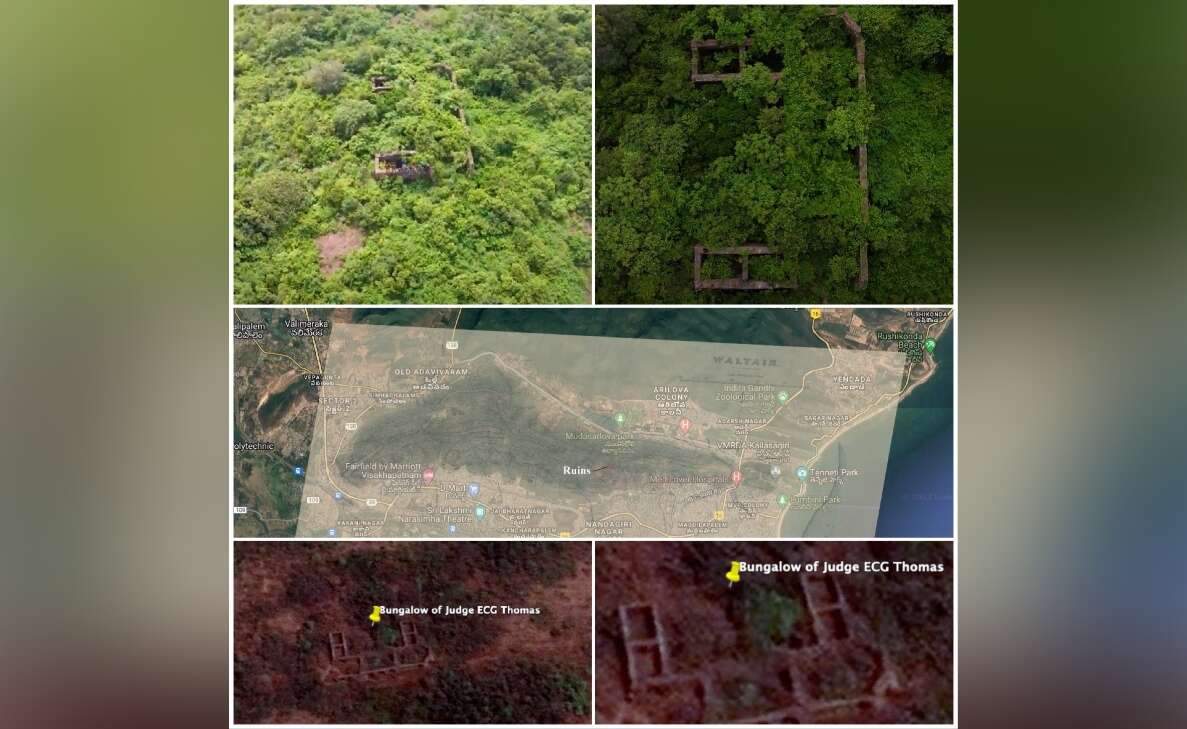
In 1869, an eccentric Englishman, Edward Croft Greenway Thomas, was appointed as the Vizagapatam District Judge. With his wife, ECG Thomas became the sole resident in the only bungalow on the hill that locals described as Thomas Folley. Judge Thomas wrote about the hill as Kailash Hill and referred to the Kailash Hotel near Simhachalam. At the western extremity of the hill was the Simhachalam Temple complex, from which the hill takes its name today.
In 1876 Judge Thomas wrote a detailed description of the hill being better than Kodaikanal, Yercaud or the Nilgiris for the establishment of a Sanitarium where Englishmen could recover their health from the oppressive heat of the plains. He was enthused about it being as much cooler than the town by fourteen degrees and usually not much less than ten (degrees Fahrenheit). He wrote of a summit often enveloped in clouds and of not needing a punkah by day or night. The soil was fertile and highly suitable for gardening. He recommended planting Australian eucalyptus gum trees on the hill.
Judge Thomas wrote, “Water is the only partial difficulty; there is a beautiful spring of clear good water directly under my house about halfway down. From this, it is at present carried up on women’s heads at the rate of three chatties of four gallons each for one Anna. Puckally bullocks or water carts might also be employed; I have up to 200 gallons daily, and for the future economy have constructed seven reservoirs to catch rain-water, have made arrangements for collecting all the water from the roofs, and have commenced a tunnel on the Malabar principle of striking a spring horizontally and not vertically”. Our trekkers claim that they were able to reach this underground spring and quench their thirst.
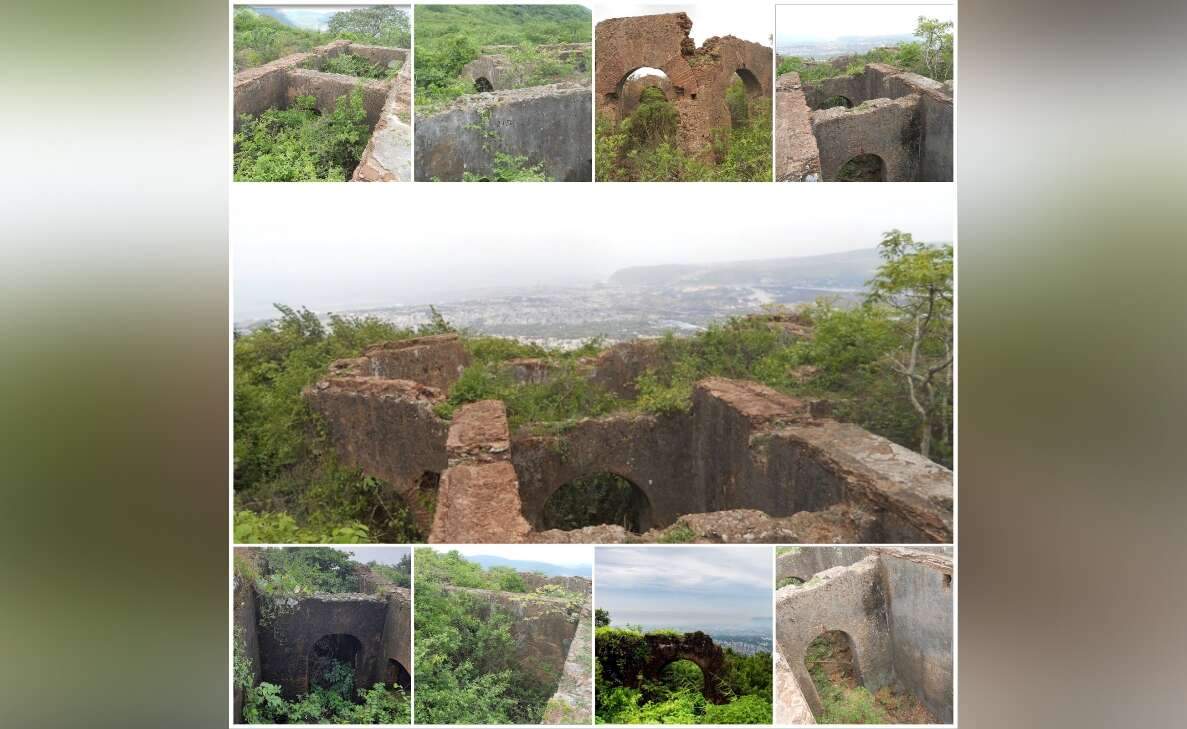
The bungalow was built and rented to the Judge by the owner of the hill, who was the Maharajah of Vizianagram at that time. Years later, the Maharajah used the building as a Summer Bungalow. Of the view from his bungalow, the good Judge said, “Of the panorama visible from the summit, the sea with the ports of Vizagapatam and Bimlipatam with shipping and passing steamers bound the horizon on one side, and the plains and mountains of the interior the other.”
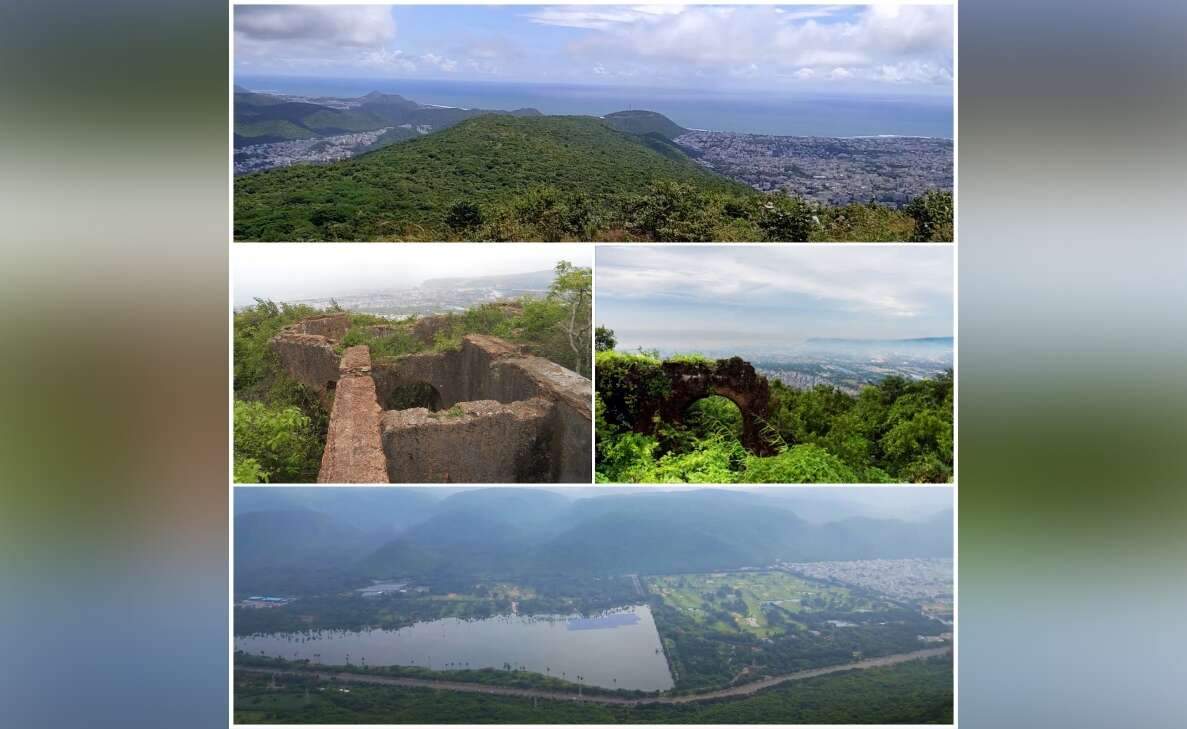
The Judge described his everyday trek to the Court in Vizag – “It is my daily road to the Court which is situated in the Fort and close to the Beach. Leaving the summit at 9 (in cloudy weather on foot in sunny weather in a tonjon), I reach the spring at 9 minutes, and in another quarter of an hour, a path through an orchard of jack and mangoe, pummelose and orange, takes you to the carriage road, whence in half an hour we reach the Fort by the Simhachellum road. In the evening, my saddle horse awaits the carriage, and in twenty minutes, I am at home.”
Also read: Railways in Visakhapatnam: History and Heritage
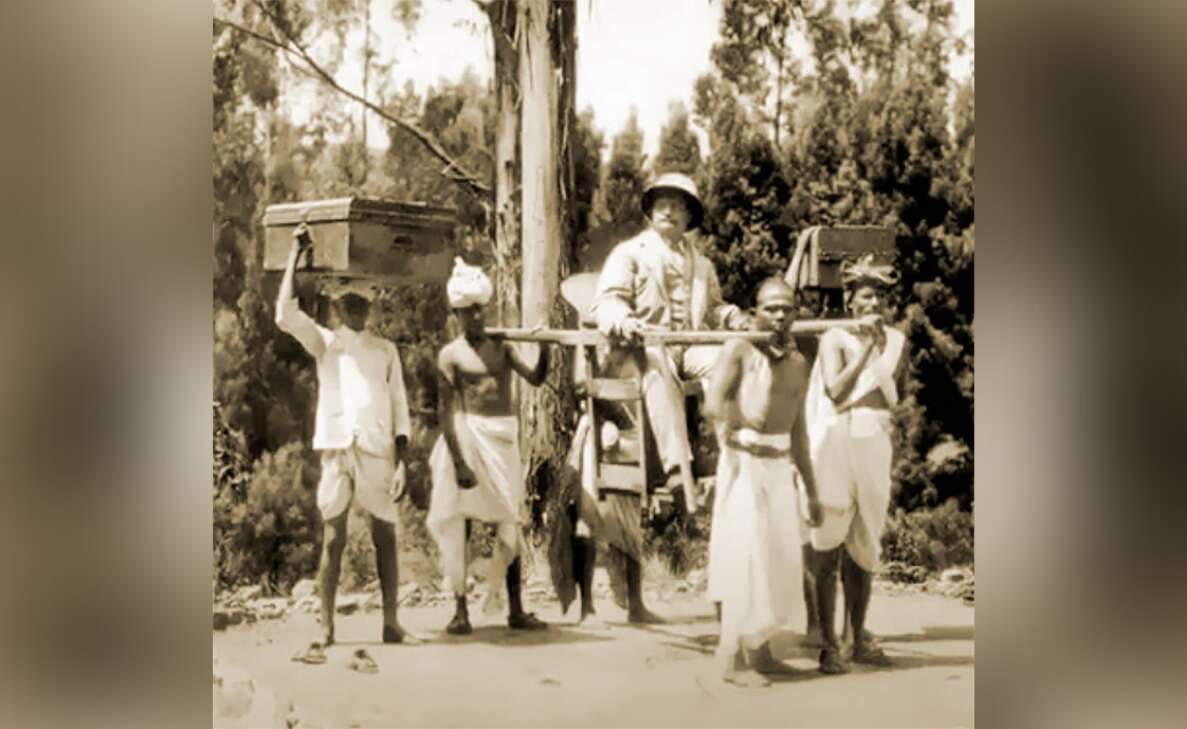
Judge ECG Thomas was a champion for Vizag and wrote several books and letters to the administrators and newspapers on the need for a harbour in Vizag. He recommended Simhachalam Hill as the site for a sanitarium in Vizag, promoted the building of a water canal system from Chilka Lakes to Buckingham Canal in Madras to help move goods and people faster, planted eucalyptus trees on the hill and built bungalows on the crest of the hill.
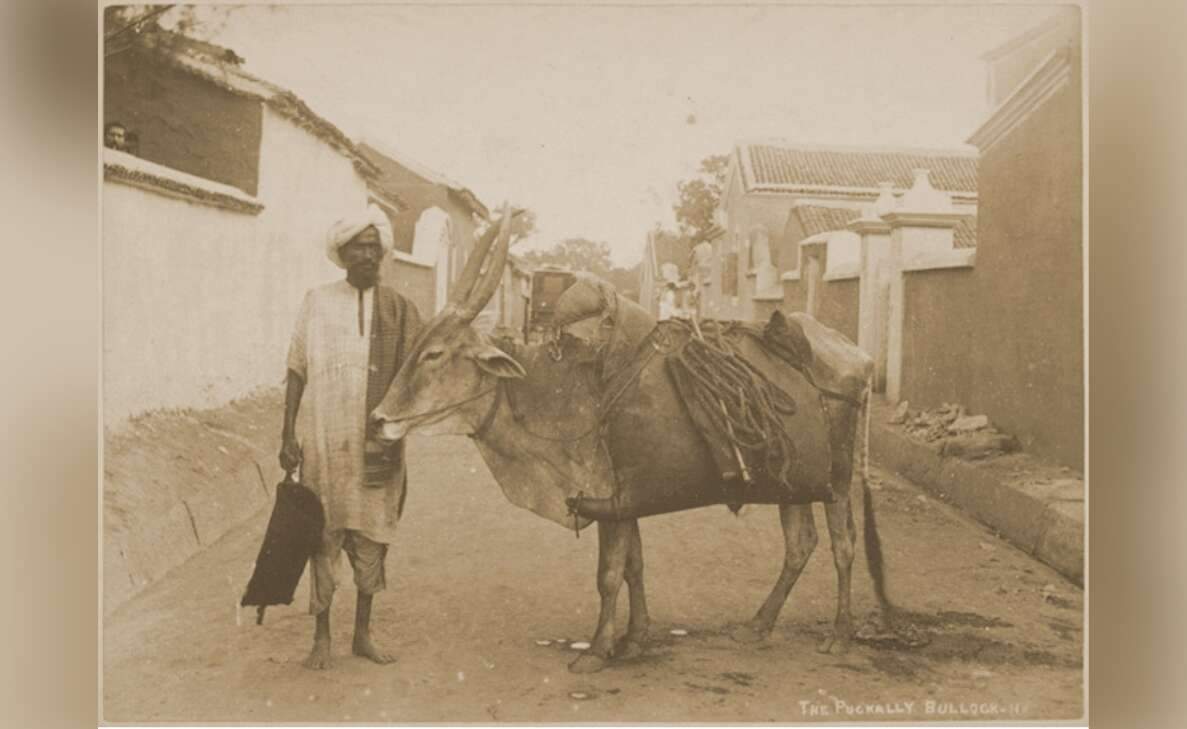
Judge Thomas joined the Indian Civil Service in 1851 after passing his Tamil and Telugu exams and was posted as Assistant Collector and Magistrate in Coimbatore. On 27 August 1869, he was appointed Judge in Vizagapatam and occupied this position for 13 years. In 1881, Judge Thomas retired from the Civil Service and returned to England, where he continued his passion for amateur engineering feats that he promoted with more persistence than discretion. His deep affection for developing Vizag is contained in books titled ‘Vizagapatam, the Port for the Central Provinces’ in 1877, ‘The Hill Ranges of Southern India Part 5’ in 1876, and ‘Famine and other Indian Topics’ in 1877.
If the mysterious ruins on Simhachalam Hill could speak, they would likely echo the words of their only resident, Judge Edward Croft Greenway Thomas, after who it was once mockingly called Thomas Folley.
Should you have an anecdote or history on Vizag, the author would appreciate you contacting him at jcastell@ozemail.com.au.
Written by John Castellas, whose family belonged to Vizag for five generations. Educated at St Aloysius, migrated to Melbourne, Australia in 1966, former General Manager of Engineering at Boeing & Qantas Airways, in retirement, Lecturers in Aviation Management at Swinburne University and is a Vizag aficionado.
Stay tuned to Yo! Vizag website and Instagram for more heritage stories.


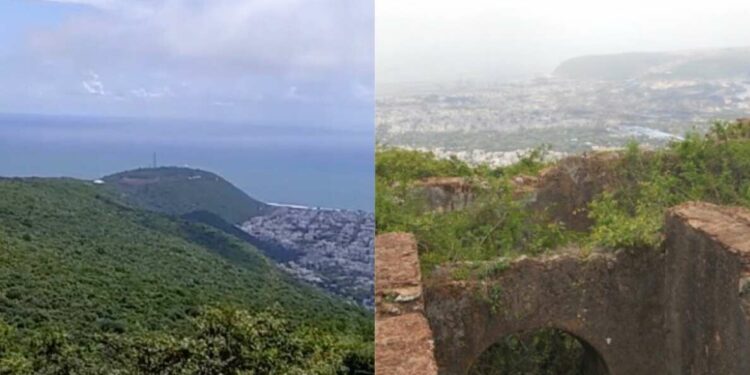







Discussion about this post